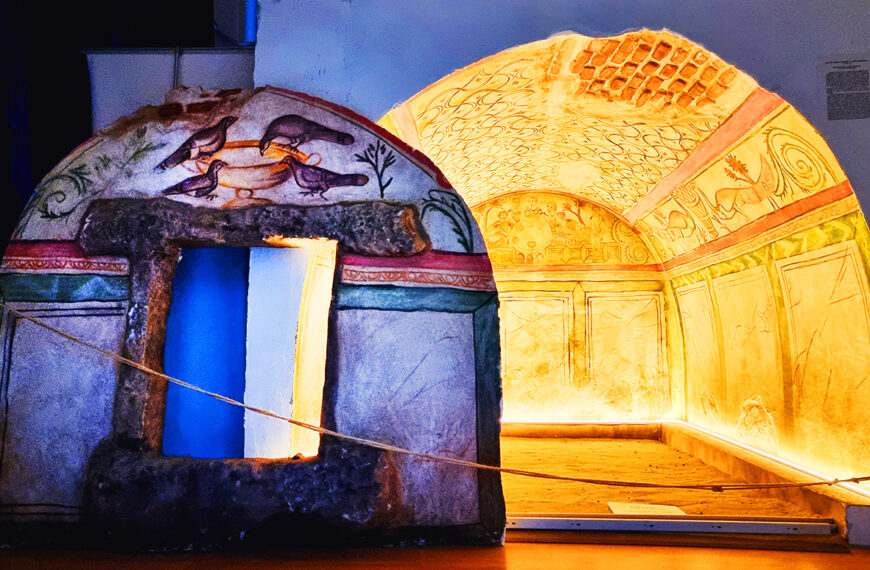- Tourist Information
- Map
- Why is Snagov Monastery famous?
- How Snagov Monastery is connected with Vlad the Impaler?
- Is Vlad the Impaler buried in Snagov Monastery?
- Who was Vlad the Impaler?
Tourist Information
| Type | Religious Site, Monastery |
| Construction Year | 1517 |
| Visiting Hours | 7:30 – 21:30 Operating hours may vary. Typically, monasteries have morning and evening prayer times. It’s advisable to check the official website or contact the monastery directly for specific visiting hours. |
| Ticket price | Free |
| Location | Siliștea Snagovului, Gruiu, Ilfov, Romania, Europe |
Map
Why is Snagov Monastery famous?
Snagov Monastery is situated on Snagov Island, which is reachable by a footbridge from the mainland. It is located in the commune of Silistea Snagovului, Ilfov County.
It is said that Snagov Monastery was built on an old Dacian settlement site.

How Snagov Monastery is connected with Vlad the Impaler?
In 1485, Vlad the Impaler commissioned the construction of a defense wall, a bridge, a prison, and an underwater tunnel.
The first documented evidence of a religious institution in this region dates back to 1408, during the rule of Mircea the Elder. Unfortunately, the original monastery no longer exists, and the current church was built in 1517 by Prince Neagoe Basarab.

The first documented evidence of a religious institution in this region dates back to 1408, during the rule of Mircea the Elder. Unfortunately, the original monastery no longer exists, and the current church was built in 1517 by Prince Neagoe Basarab.
Snagov Monastery housed a printing house and a coinage center.

The monastery is surrounded by greenery, there is also a pontoon through which you can descend to the water to admire the lake, and in the gardens, you will find ponies, pheasants, horses, and other animals.

Is Vlad the Impaler buried in Snagov Monastery?
The monastery is believed by some historians to be the burial place of Vlad Țepeș. One of the great mysteries is the death of the ruler. The story goes that Vlad Țepeș was assassinated in the forests around Bucharest, probably in Codrii Vlăsiei. The head was sent to Sultan Muhammad, who put it in a stake to illustrate what was happening to those who opposed the Ottomans. The priests from Snagov Monastery allegedly found his body and hid it, secretly burying it in secret in the monastery.

Who was Vlad the Impaler?
Vlad the Impaler was the son of Vlad Dracul, a descendant of the Basarabian family. Vlad was a 15th-century voivode (prince) of Wallachia.
Vlad Țepeș’s fame grew with time. The Romanian people remember him as a just, authoritarian ruler, an ardent fighter against the Ottomans and their oppression. He ruled over Wallachia and is known for instituting the punishment of impalement, hence his name.

Vlad Țepeș is now famous all over the world thanks to the American movie Dracula which presents him as a bloody vampire.
Some believe that Vlad the Impaler (Vlad Țepeș) was part of the Dragon Order, a mysterious order that is said to rule the world.





















